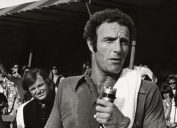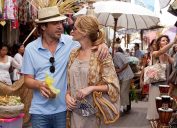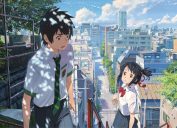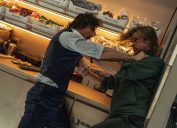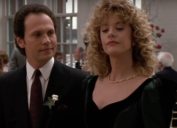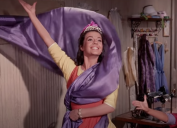25 Facts About the Making of "The Godfather" You Never Knew
There's a lot of lore behind the organized crime drama and its two sequels.

You come to me, on the day of my daughter's wedding, and ask for trivia about The Godfather movies? We can oblige. In fact, here's a bit of trivia to start: Marlon Brando's Don Corleone doesn't actually say those exact words in that oft-quoted moment. The line in the 1972 masterpiece is really: "You come into my house on the day my daughter is to be married."
The Godfather and its sequel, The Godfather Part II, from director Francis Ford Coppola, are widely regarded as two of the best movies ever made—if not the best movies ever made. Epic crime dramas that track the rise and fall of an organized crime dynasty in the '40s and '50s, the first two Godfathers are full of iconic moments and major movie stars, including Brando, Al Pacino, Robert De Niro, James Caan, and Diane Keaton. The third film in the trilogy, made a decade and a half after, isn't as highly regarded as the first two, but it's still the conclusion of one of the most important stories in cinema history.
As you might expect, there are a lot of interesting bits of trivia about these three seminal films. Read on to learn 25 facts about The Godfather trilogy, including numerous production woes, debunked urban legends, and fascinating "what ifs?"
RELATED: The 15 Movies That Won the Most Oscars.
1
Paramount bought the rights to the book before it was even finished.
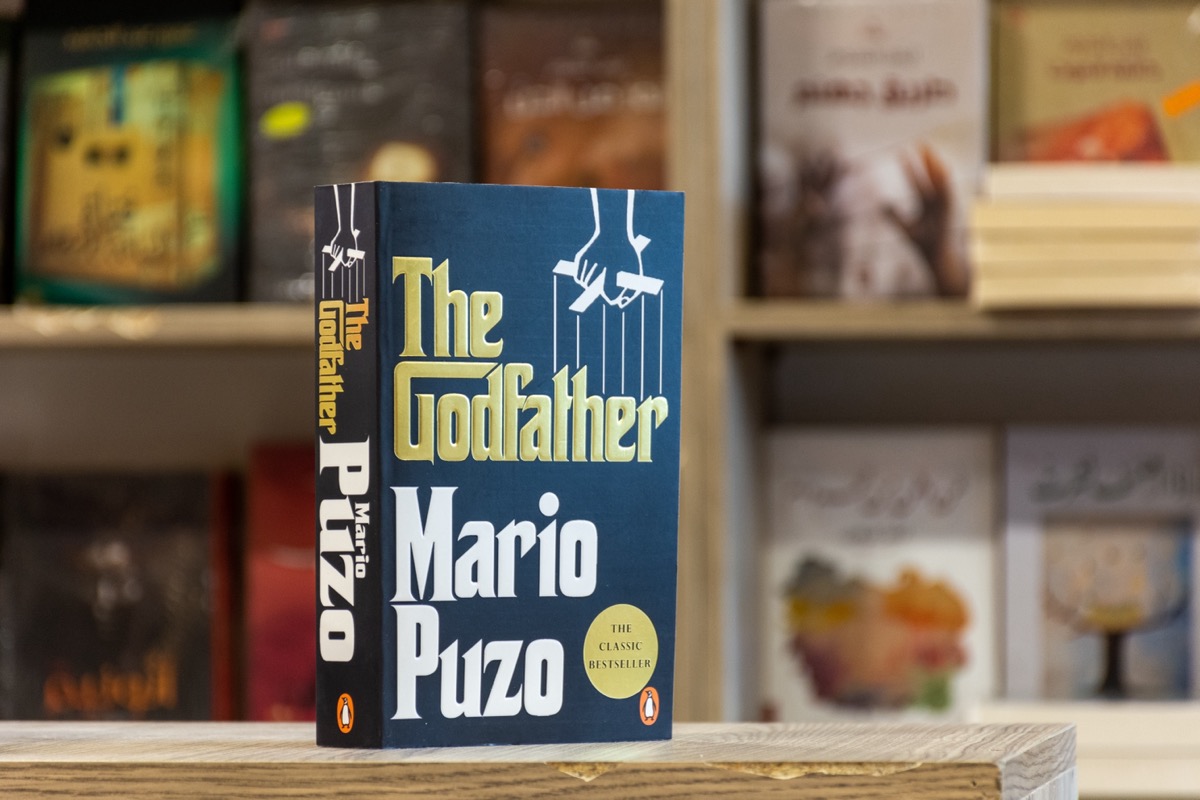
Peter Bart, the vice president of production at Paramount, bought the rights to the 1969 novel The Godfather two years before it came out—or was even finished. The executive had heard that author Mario Puzo was working on a book about the mafia, and he thought it had potential, snatching it up when it was still just an outline. The deal—which is dramatized in the recent Paramount+ series about the making of The Godfather, The Offer—was $12,500 to option the book and another $80,000 should the movie end up getting made. Puzo reportedly accepted in part because he had gambling debts he needed to pay off.
2
The book was a record-breaking bestseller.

Puzo's The Godfather was a huge success when it came out in 1969. It was on the bestseller list for more than a year, selling nine million copies in its first two years of release. It's now one of the bestselling fiction books of all time, having sold north of 21 million copies. It also led to a full book series.
3
Multiple people almost got fired during filming.
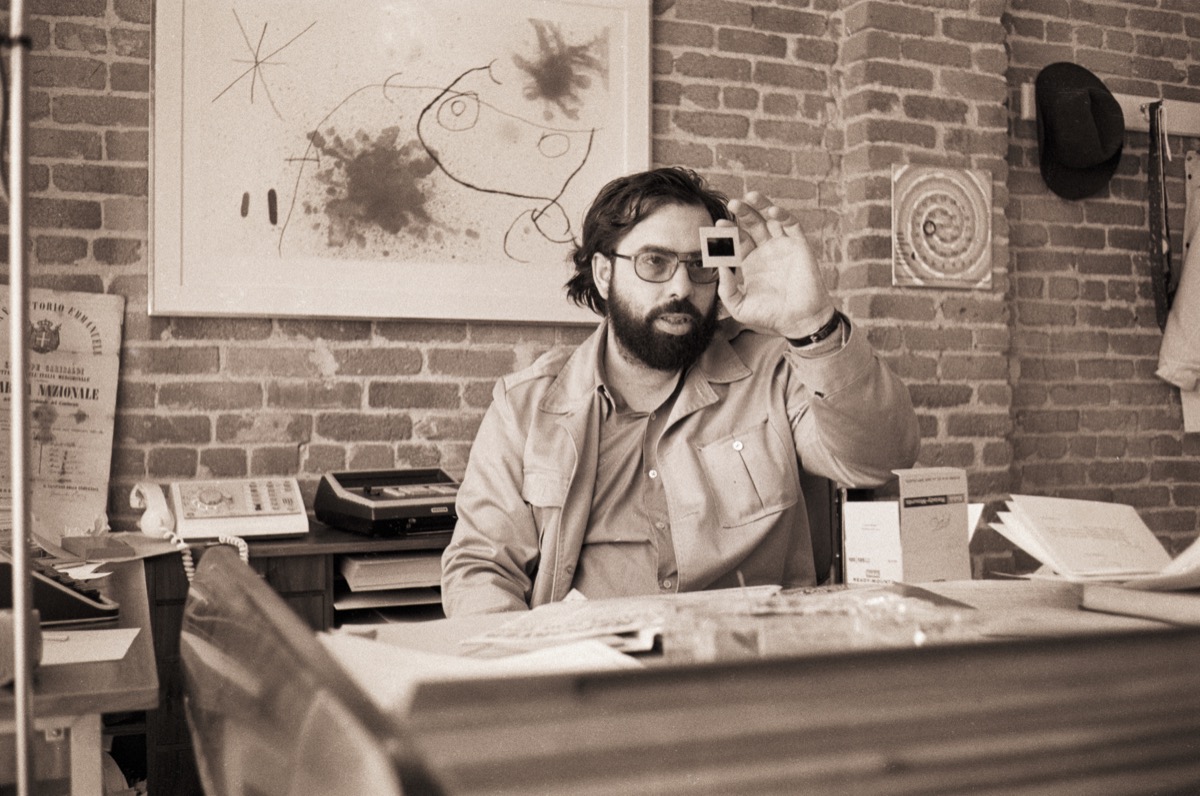
Coppola was not Paramount's first choice to direct the movie, and he was almost fired amid filming when studio execs were not thrilled with how some of the early scenes were turning out. In a move that the mafia might approve of, the director took preemptive action, firing his assistant director and other potential threats or traitors. Then he reshot the scenes that the bosses didn't like, ensuring that he'd be the one to stick it out to the end of production.
Pacino also wasn't the studio's first choice (they wanted Robert Redford), and he also nearly got the ax. He told The Washington Post that he was nearly fired three times.
4
It almost wasn't a period piece.
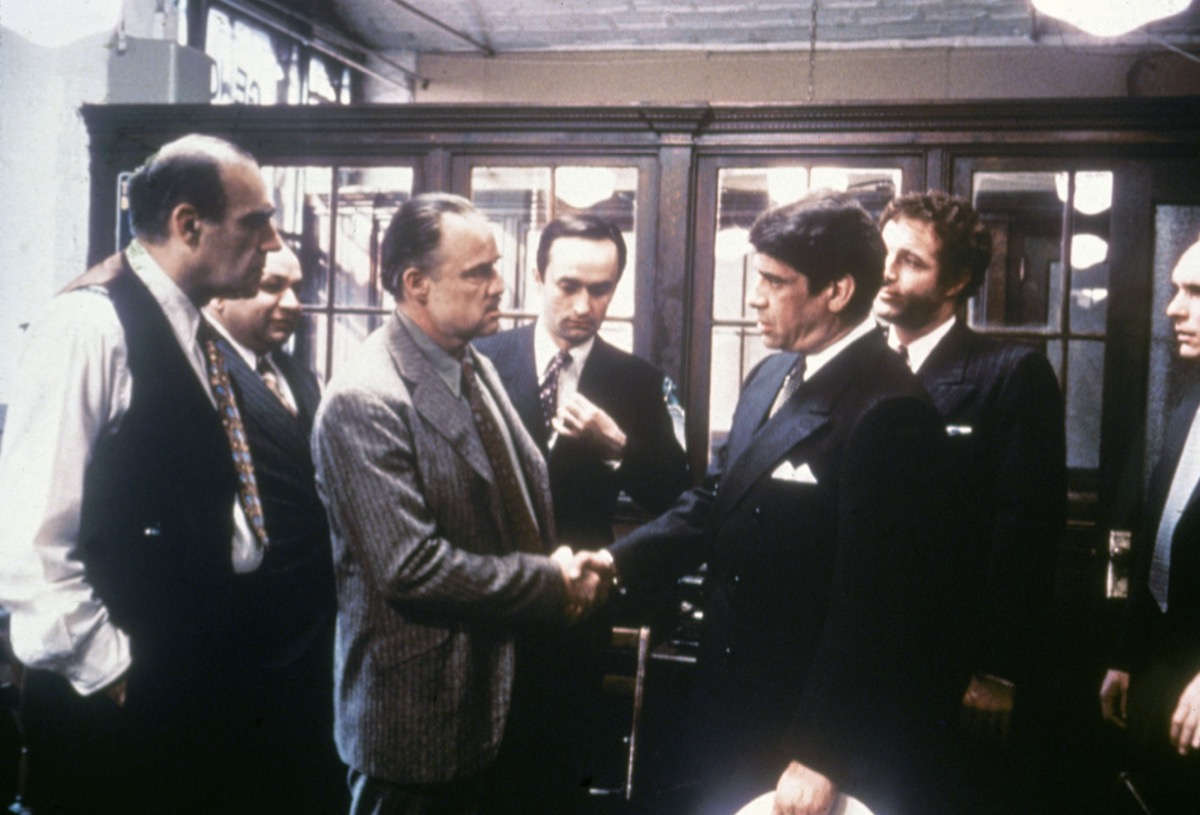
Paramount was concerned that making The Godfather a period piece would cost more than setting it in the then-present day of the '70s. Coppola convinced them to spend the extra cash, and the final film spans the decade from 1945 to 1955.
5
Frank Sinatra hated The Godfather.
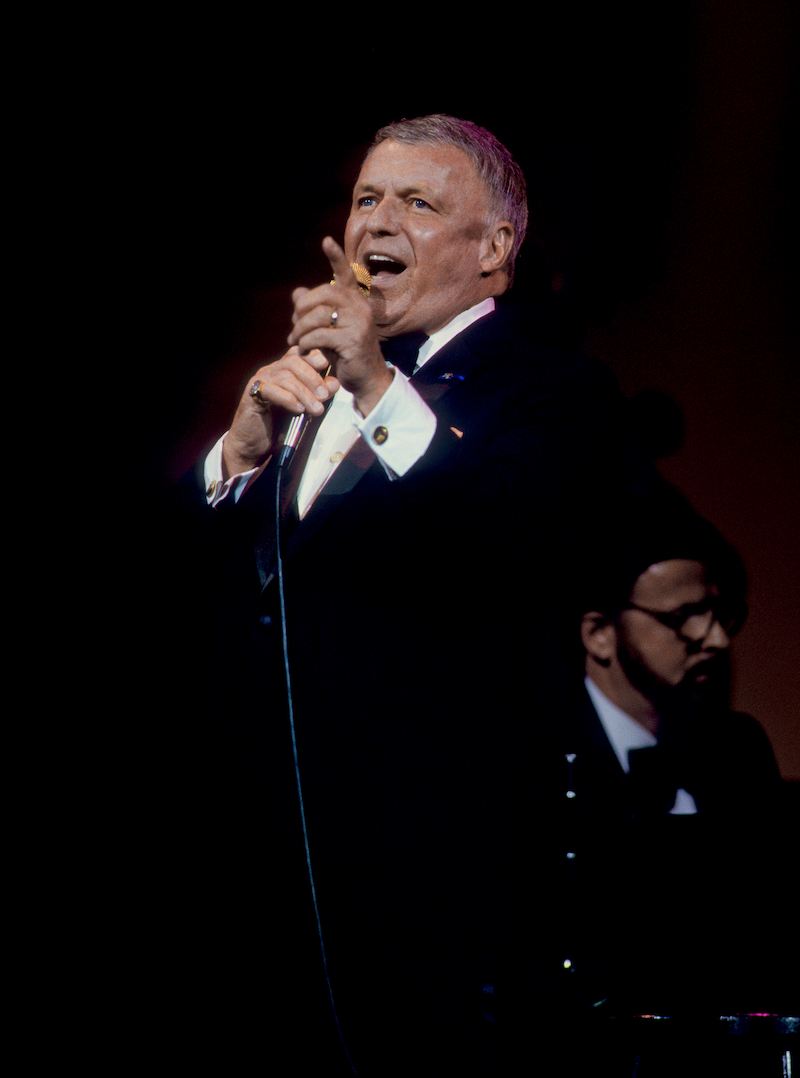
Johnny Fontaine, the singer character who owes his career success to the mafia, was modeled after Frank Sinatra, as there were allegations that Ol' Blue Eyes had connections to organized crime. Sinatra confronted Puzo, who also co-wrote the screenplay, and singer Al Martino, who played Fontaine in the movie, said he received threats warning him not to play the part.
RELATED: 7 Best Under-the-Radar '70s Movies You Need to Watch.
6
Brando stuffed cotton in his cheeks for the audition.
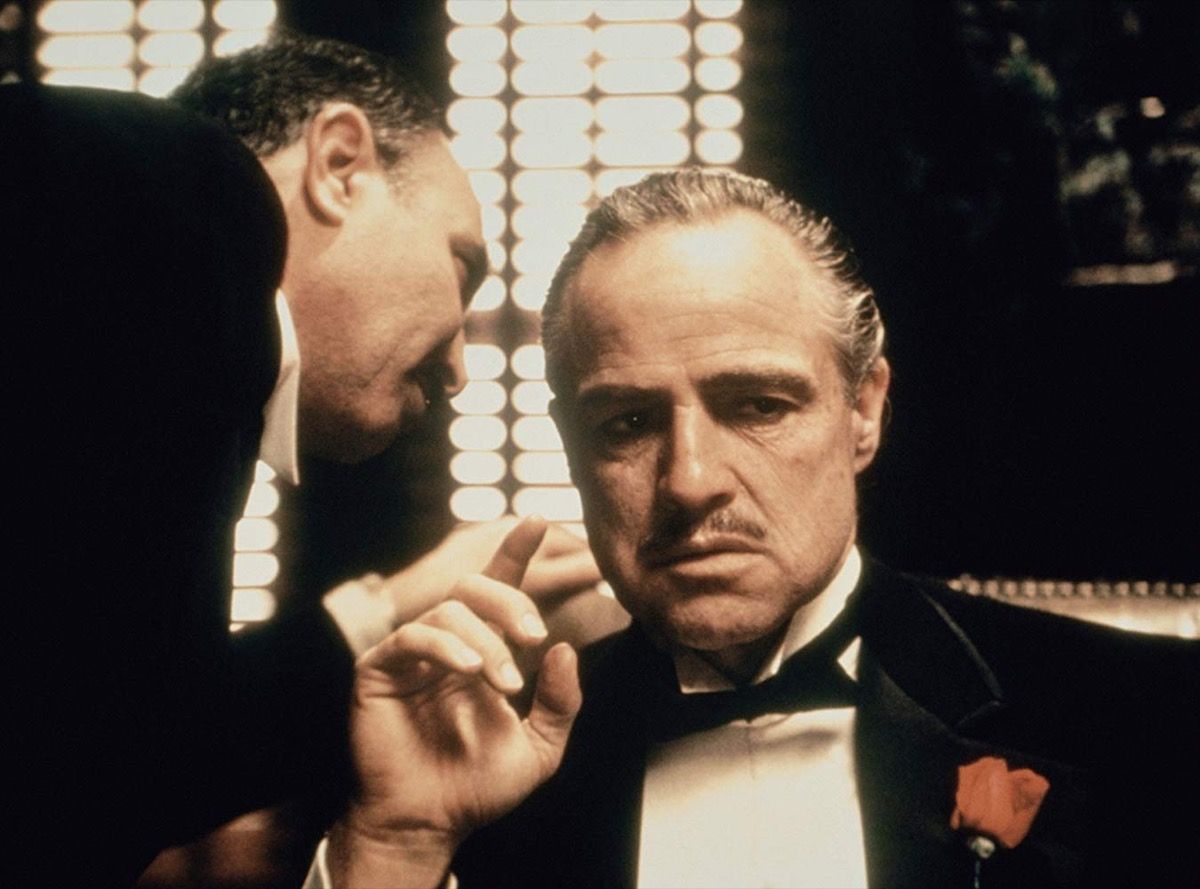
Brando wasn't Paramount's first choice for the role of Don Corleone, as they worried he would be a problem on the set. But Coppola wanted him and helped him get the part by filming an audition tape. Brando wanted Corleone to look "like a bulldog," and he stuffed his cheeks with cotton balls to get that effect in the audition. Despite popular belief, he did not do the same while filming. A dentist made him a special prosthetic mouthpiece to wear.
7
Don Corleone's famous cat was actually a stray.
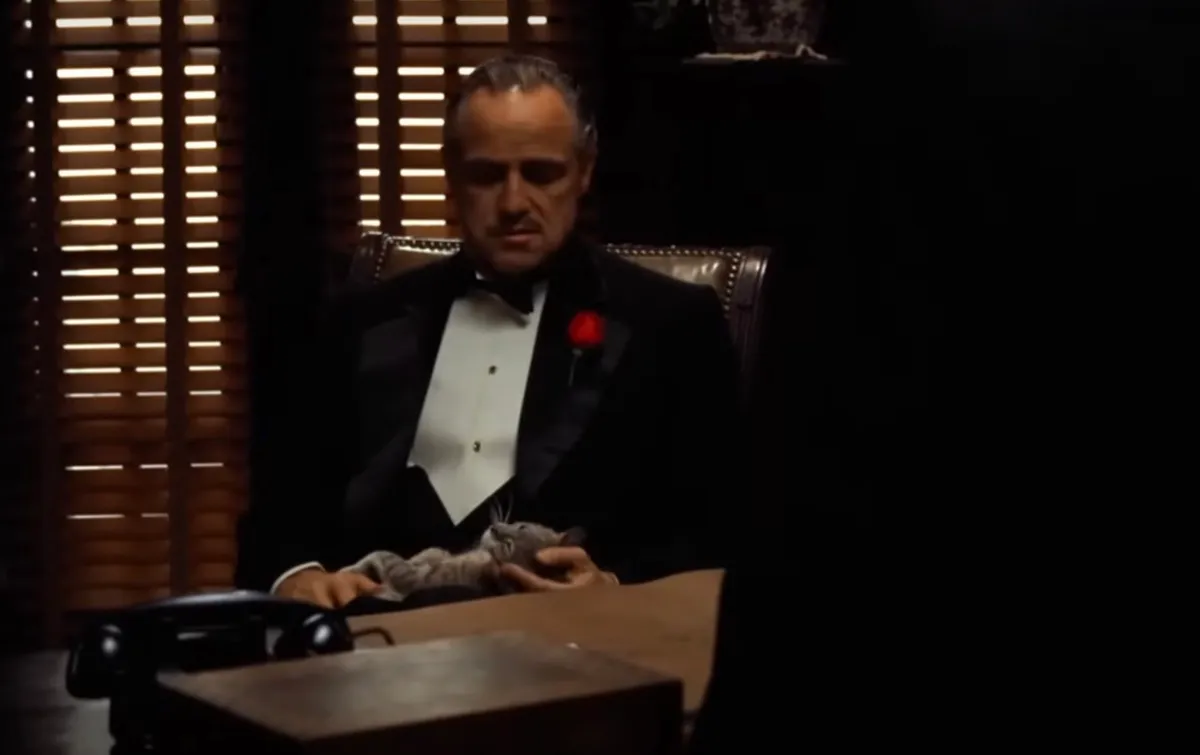
The famous cat sitting and purring in Don Corleone's lap in The Godfather's opening scene was not in the script. In fact, the cat was a stray that happened to be hanging out on set, and Coppola decided it might be a nice detail. He plopped it into Brando's lap, evidently to the cat's satisfaction—it was purring so loudly that they worried they wouldn't be able to hear the dialogue in the final footage.
8
Brando read his lines off of cue cards (for a good reason).
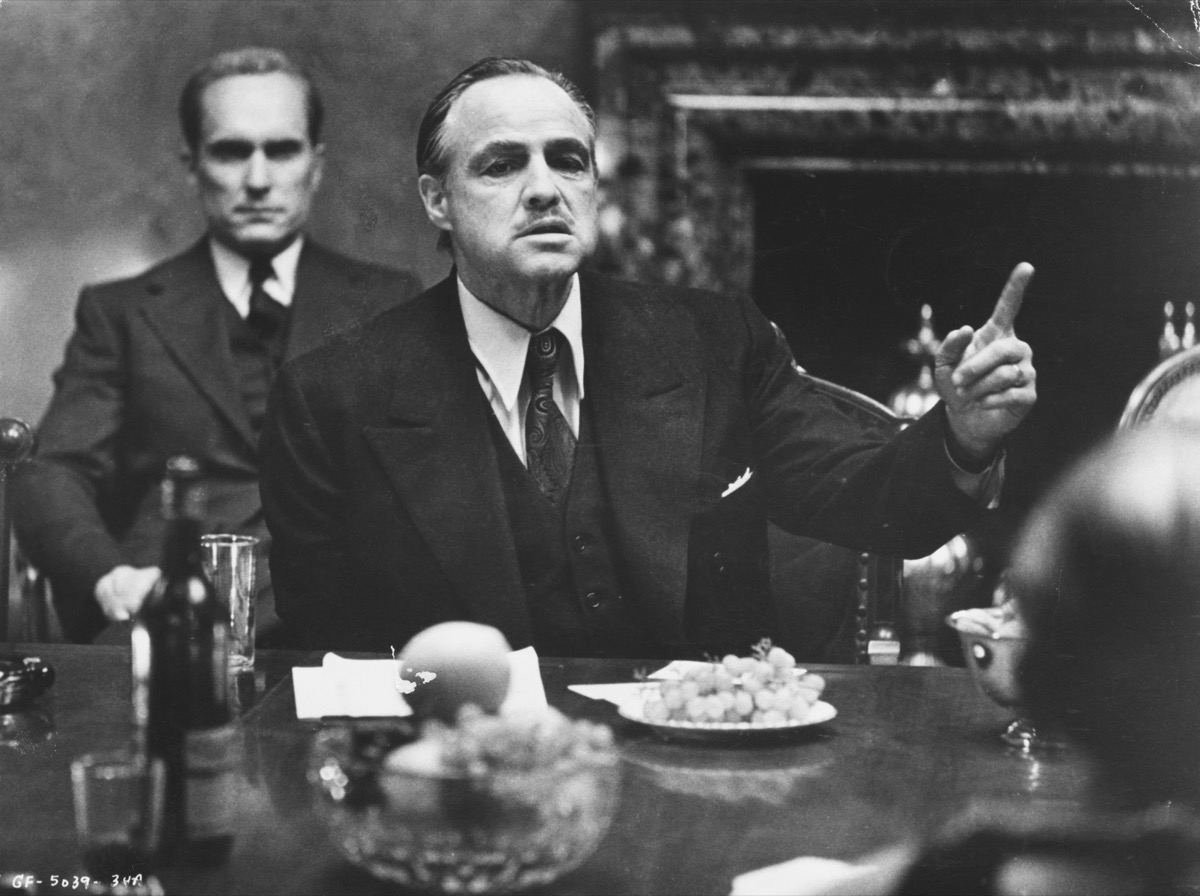
Brando won an Oscar for his role in The Godfather, even though he infamously used cue cards rather than fully memorizing all his lines. He said the reason for this wasn't that he was too lazy to learn them, but rather that he liked the spontaneity that came from seeing his lines as he needed to say them, because in real life people tend not to rehearse and know everything they're going to say before they say it.
9
Luca Brasi's flubs when speaking to the Don were real.
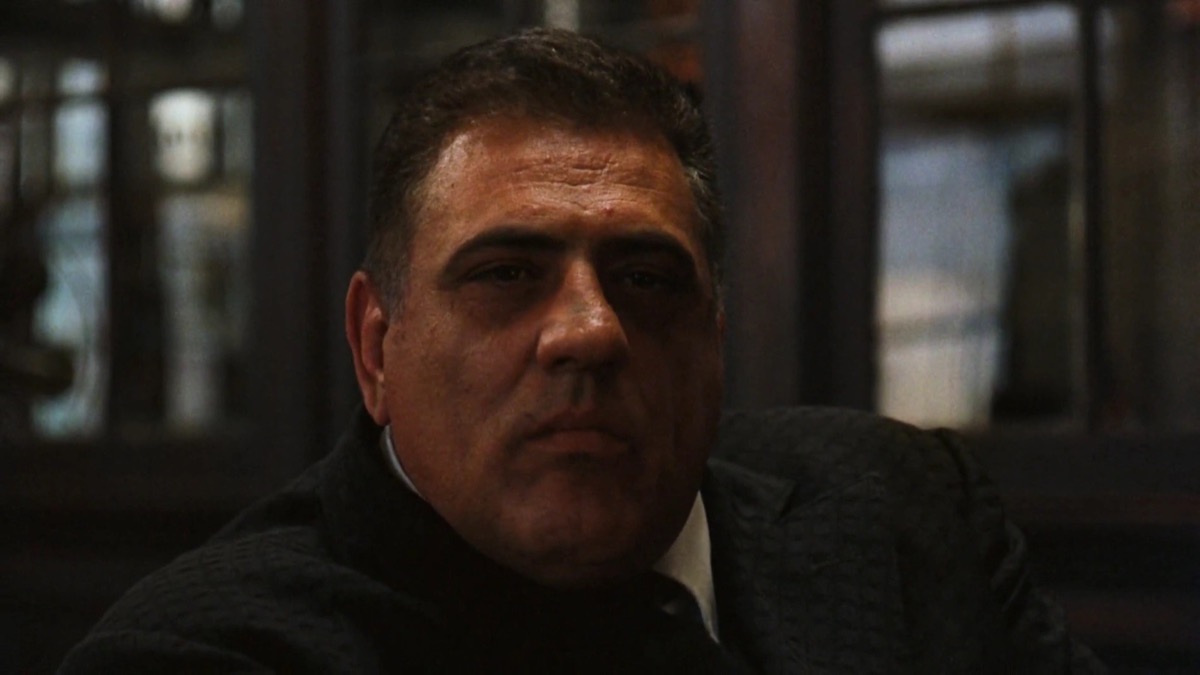
Lenny Montana was cast to play Corleone's enforcer Luca Brasi, despite being a professional wrestler and not an actor. Because of his inexperience, he got tripped up and flubbed his lines in front of Brando when his character had to pay his respects. Rather than reshoot the scene, Coppola added a new scene in which Brasi nervously practices what he's going to say—a detail that shows even the big guy is intimidated by the boss.
10
The horse head was real.
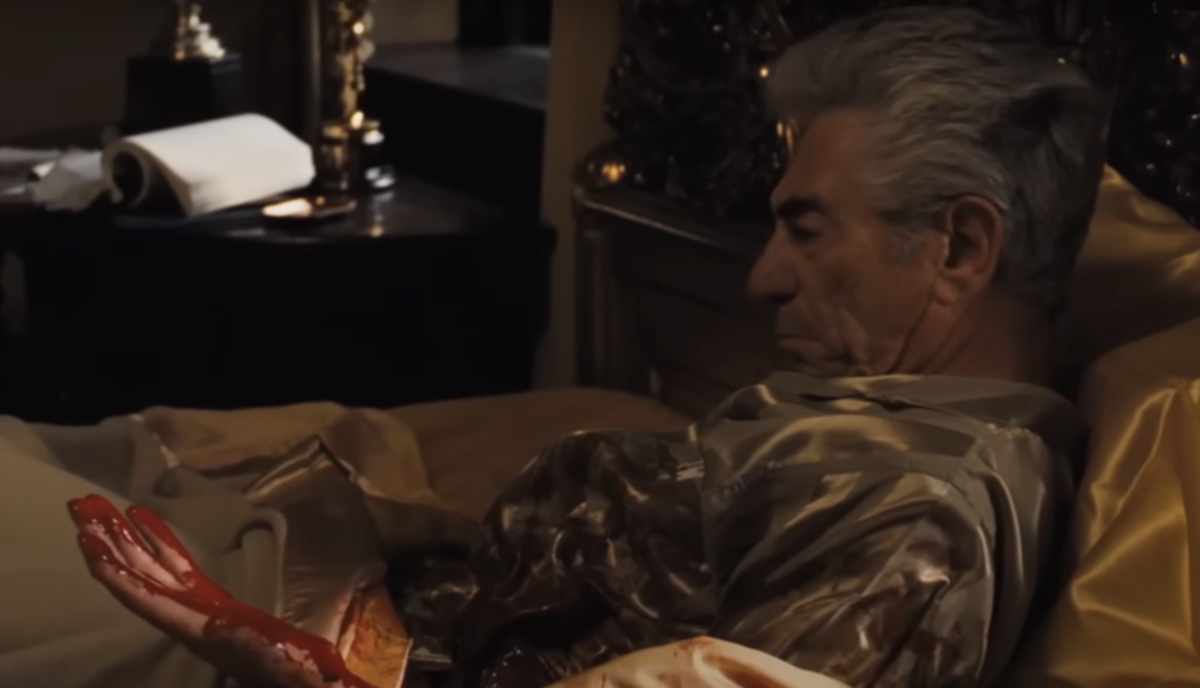
The severed horse head that Hollywood producer Jack Woltz (John Marley) wakes up next to—a clear threat from the Corleones—was not a prop, as Coppola didn't like how they looked. Instead, he found a horse that looked similar to Woltz's prized stallion that was already scheduled to be slaughtered at a dog food plant. He told them to send the head when they killed the horse, and it arrived in a crate full of dry ice.
RELATED: Marlon Brando and Jackie Kennedy Had a Two-Night Affair, Book Claims.
11
Sonny Corleone's death scene was the most expensive in the whole movie.
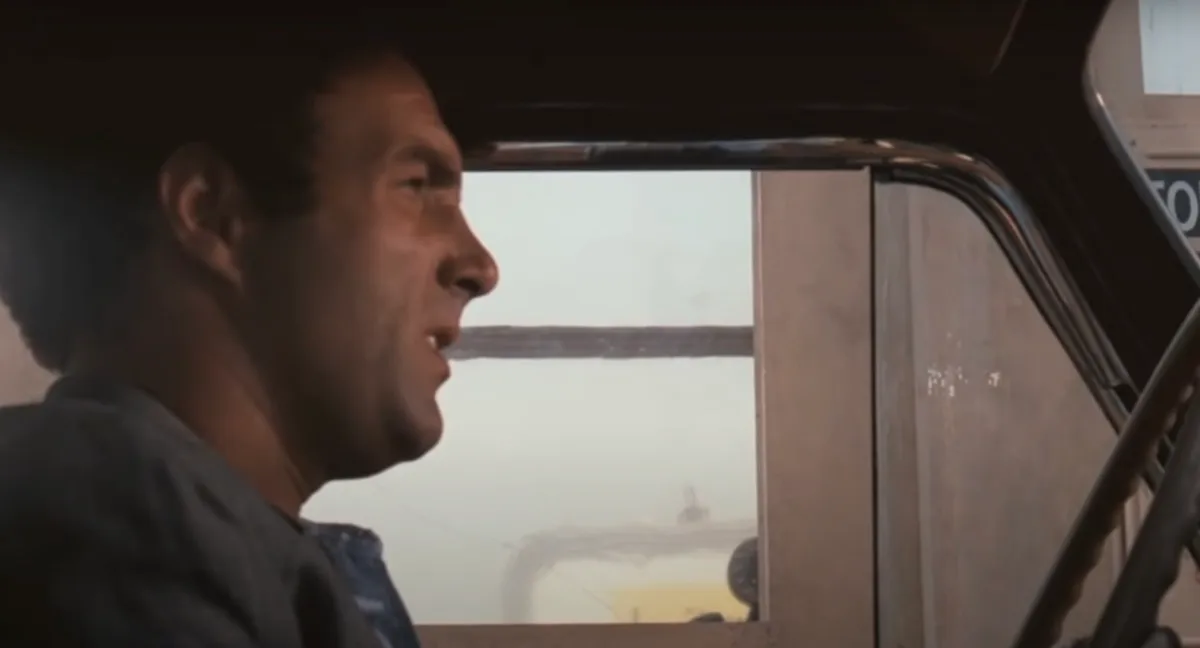
The hotheaded eldest son played by James Caan, Sonny, meets a grisly end when he's gunned down in his car by a rival family on the Jones Beach Causeway. The scene cost $100,000 to shoot—a decent chunk of the $6 million total budget. Caan wore 127 blood-filled explosive squibs and there were 200 squibs drilled into the Lincoln Continental. All of them went off to simulate the hail of deadly gunfire.
12
"Leave the gun, take the cannoli" was improvised.
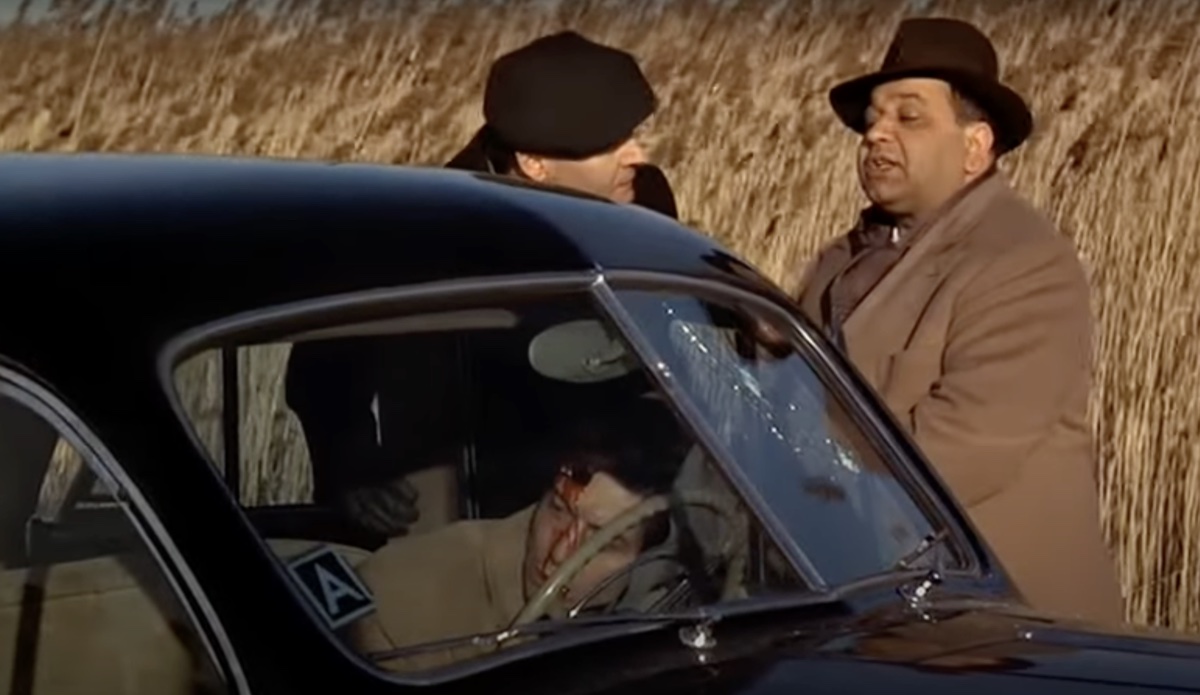
One of the most famous lines from this very quotable movie was an ad-lib, as in both the book and script Clemenza, one of the Corleones' enforcers, simply says "leave the gun." Actor Richard Castellano added the "take the cannoli" on the suggestion of his wife and co-star, Ardell Sheridan, who came up with the idea to reference an earlier scene where Clemenza is asked to pick up desert.
13
Castellano was the highest-paid person in the movie.
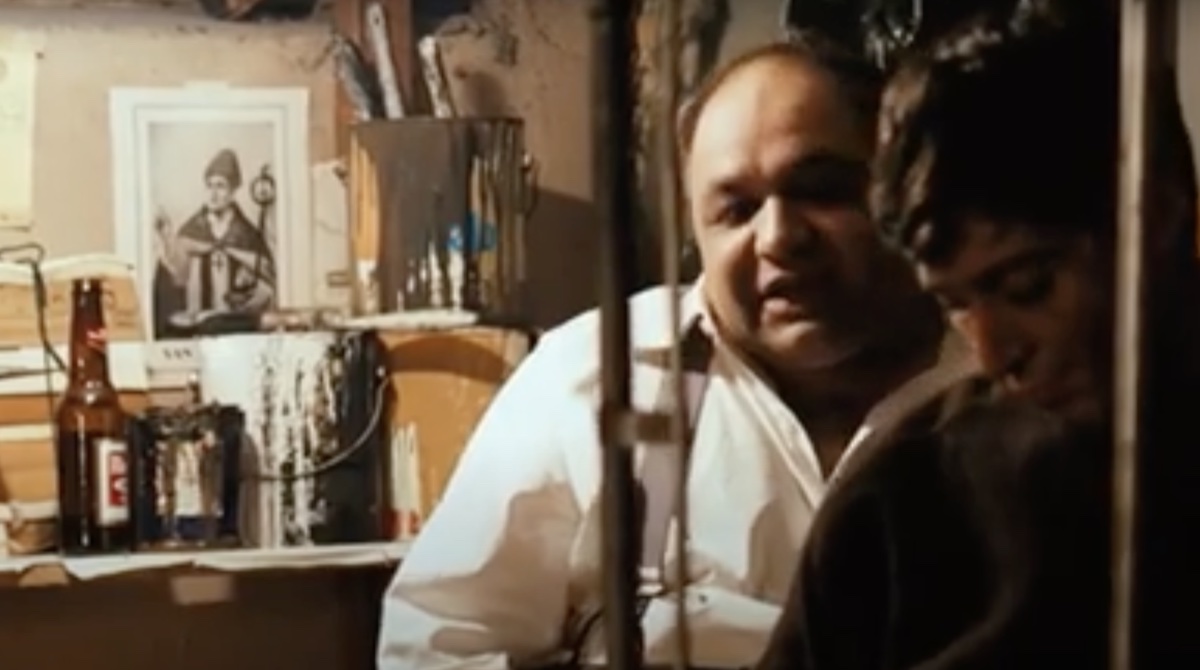
Castellano—not Brando, Pacino, or Caan—had the highest salary of anybody in the cast of the original Godfather. His salary demands—along with a request that Sheridan write Clemenza's dialogue—led to his character being written out of the sequel.
14
The oranges were meant to lighten up the dark set, not to foreshadow death.
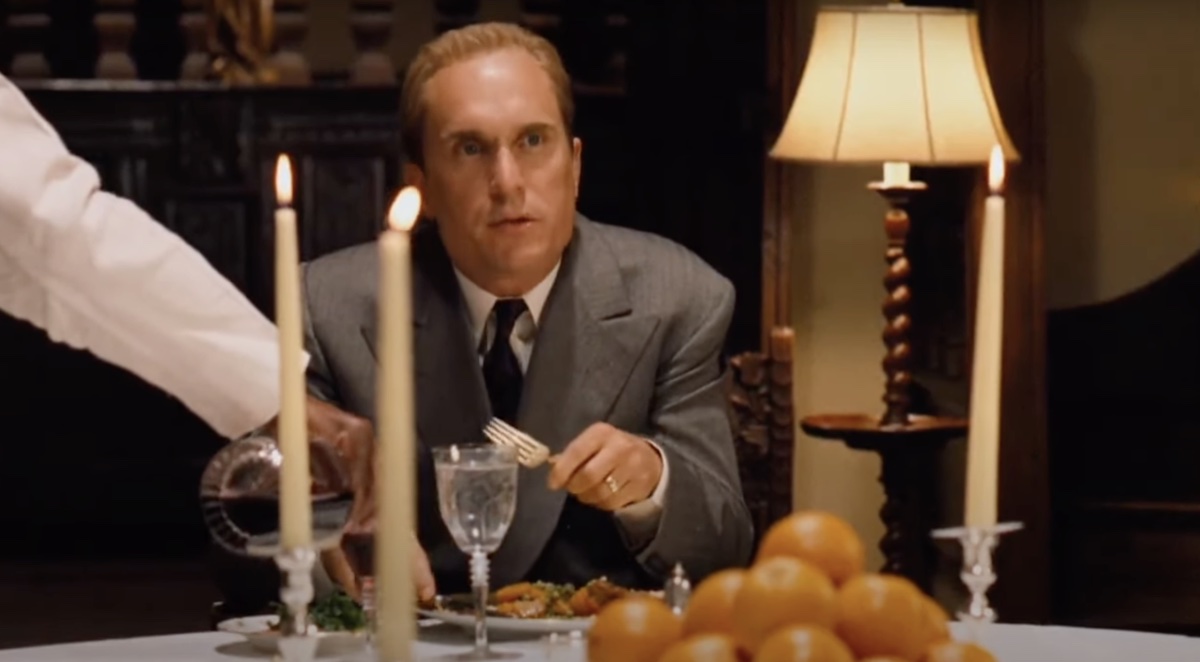
There are a lot of oranges in The Godfather, and critics and fans have noted that they tend to show up before violence occurs, possibly making them omens of death. That wasn't the original intention, however. Production designer Dean Tavoularis simply chose to include oranges because the citrus fruit added a bright, contrasting splash of color to a film that was otherwise very dark.
15
The score was nominated for an Oscar but later disqualified.
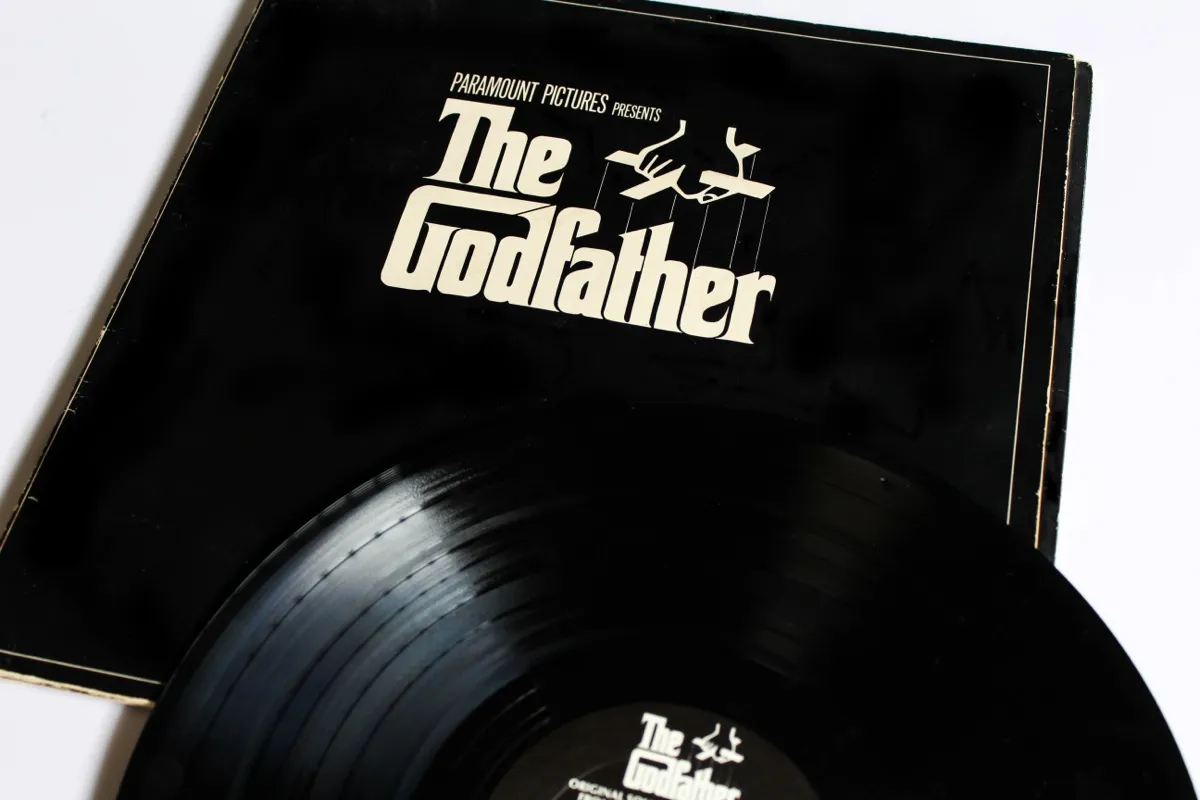
Nino Rota's iconic score for The Godfather received an Academy Award nomination. It was disqualified, however, after it came to light that some of the music had originally been composed for the 1958 Italian comedy, Fortunella.
RELATED: 30 Amazing Star Wars Facts Even Fans Don't Know.
16
The word "mafia" doesn't appear in The Godfather.
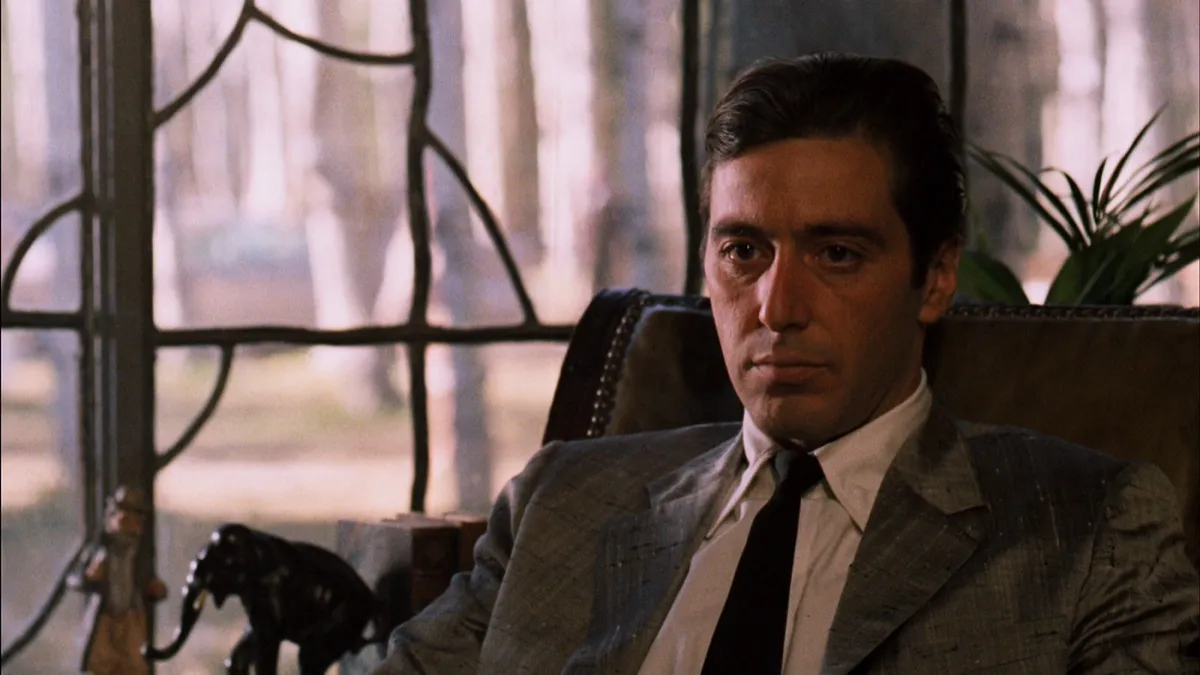
Despite its subject matter, the word "mafia" is never uttered in The Godfather. In 1971, before filming began, the Italian-American Civil Rights League launched a campaign asking the producers not to include the word in the film. (The campaign was led by a man whose father was involved in organized crime.)
17
Coppola initially didn't want to direct Part II.
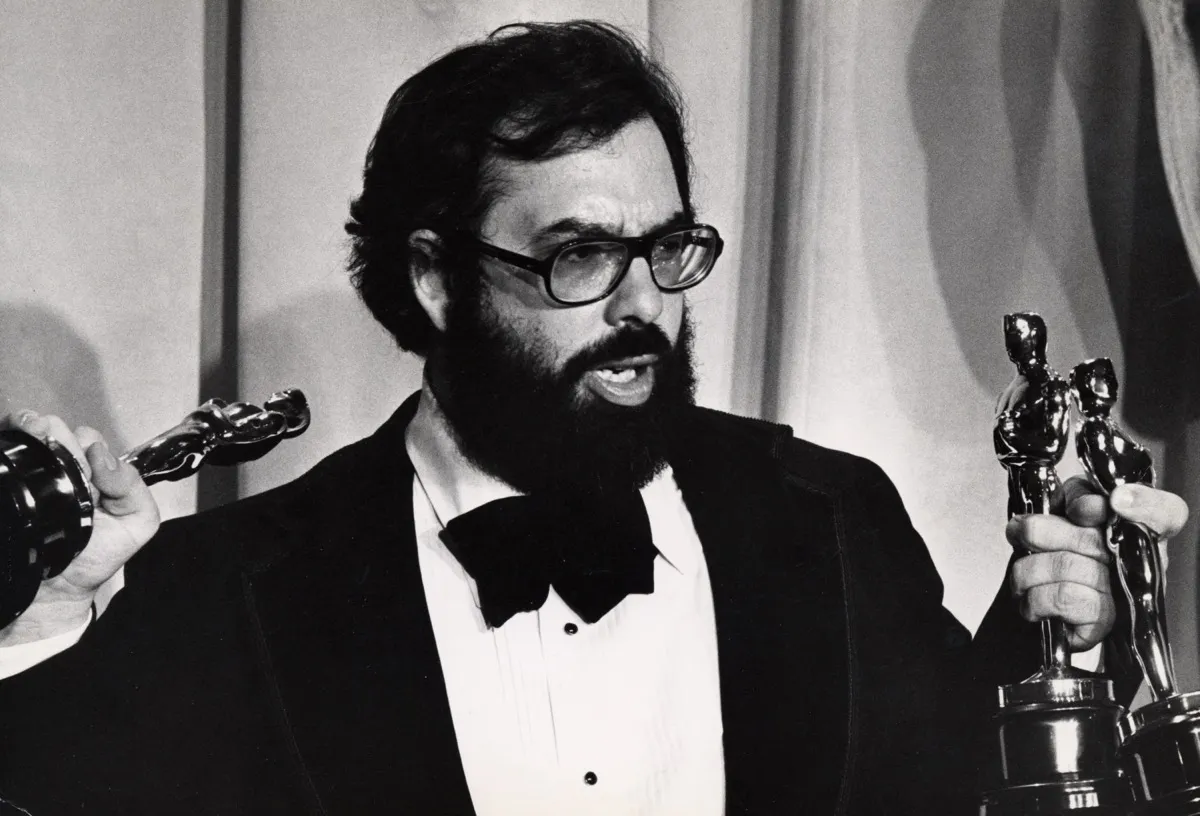
At first, Coppola wasn't interested in directing the 1974 sequel. He suggested Martin Scorsese, who at that point was an up-and-coming filmmaker Coppola thought was "such a natural." He relented, though, and ultimately directed Part II himself.
18
Coppola wanted Brando to play the young version of Vito Corleone.
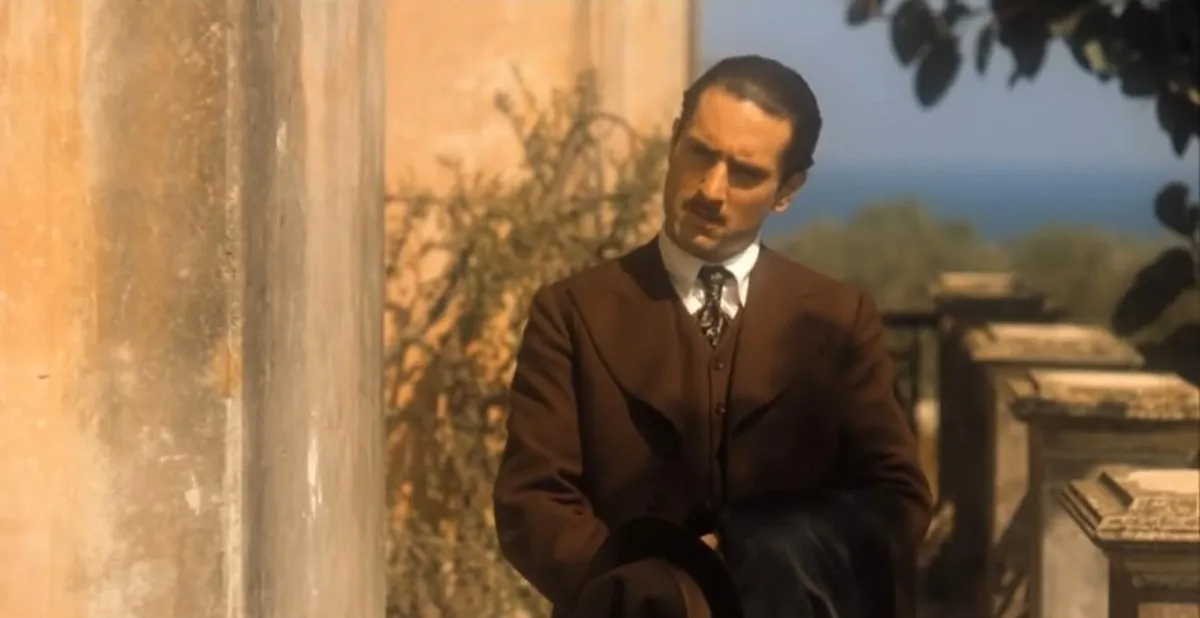
Initially, Coppola wanted Brando, who was 49 at the time, to play 25-year-old Vito Corleone in Part II's flashback scenes. He even sent letters to Brando offering him the chance to reprise the role. He declined, however, and 30-year-old De Niro got the part.
19
De Niro auditioned to play Sonny in the first Godfather.
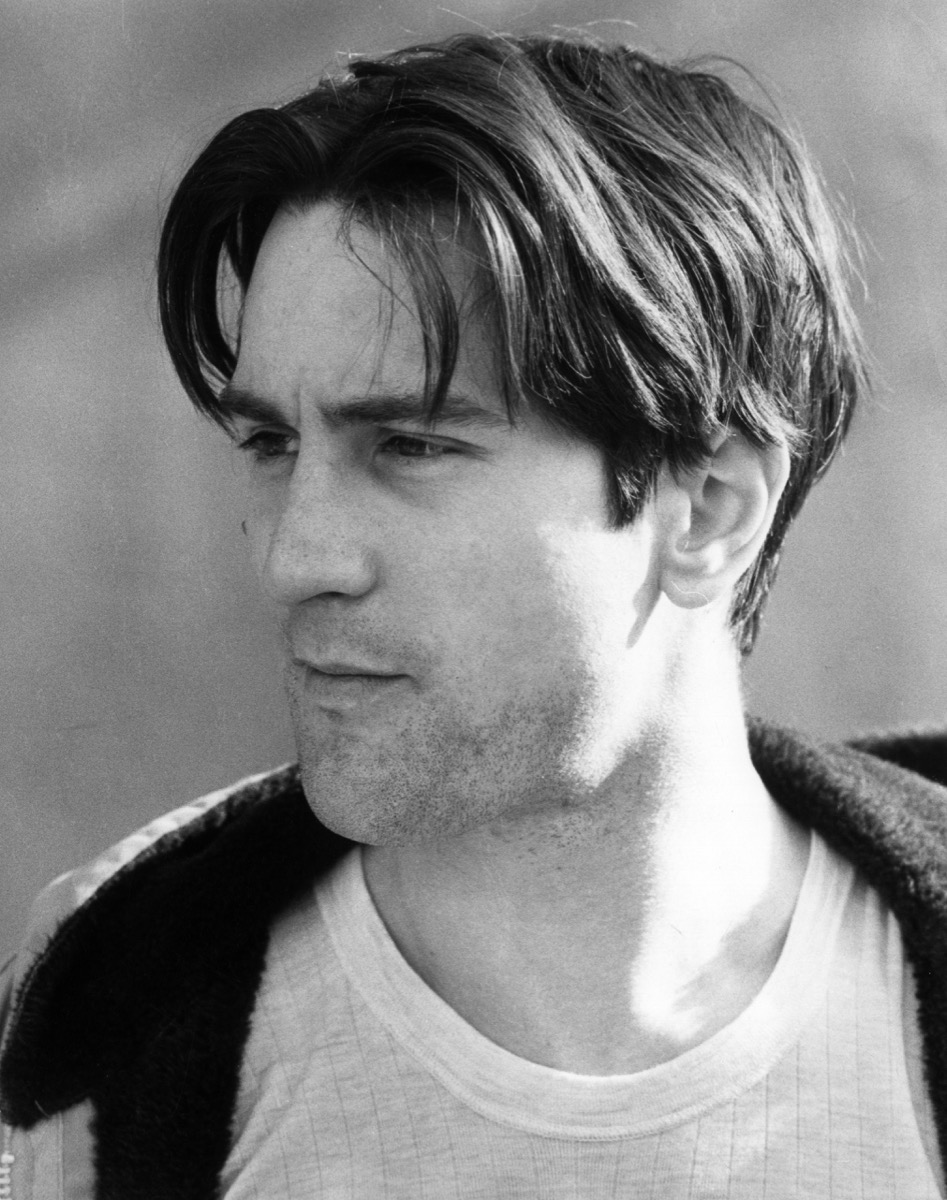
In the early '70s, De Niro was just starting out as an actor, and he auditioned to play Sonny Corleone in the first Godfather. The part ended up going to Caan, but obviously, Coppola remembered De Niro's work.
20
Brando and De Niro are some of the only actors to win Oscars for playing the same character.
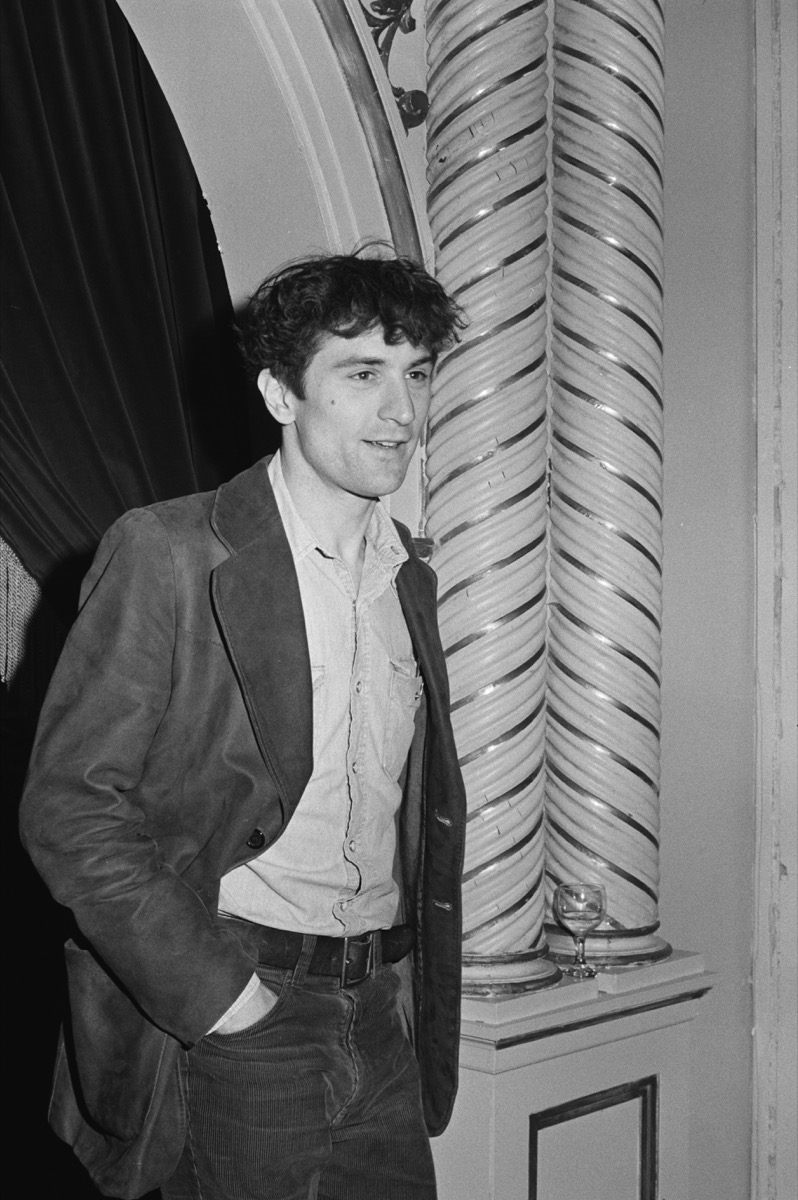
Two actors won Academy Awards for their portrayals of Vito Corleone, with Brando winning a Best Actor Oscar for The Godfather and De Niro picking up a Supporting Actor Oscar for Part II. Fewer than a dozen pairs of actors have received nominations for playing the same character, and only Heath Ledger and Joaquin Phoenix, who played different versions of the Joker, have also won.
RELATED: Godfather Star Was the First Person to Be Banned From the Oscars—Here's Why.
21
The boat young Vito Corleone takes to America is now a restaurant in Philadelphia.

The boat that Vito takes to America has a story that's wilder than anything in The Godfather. Originally built in Scotland in 1904, the state-of-the-art tall ship was seized by the U.S. during World War I and renamed "Moshulu," after a Native American tribe, by first lady Edith Wilson. Finland bought it in the '30s, then Nazi pirates captured it during World War II. The Finns got it back in the late '40s, and the U.S. bought it in 1974, after which it appeared in The Godfather Part II. It's currently a floating restaurant in Philadelphia.
22
The Godfather Part II was one of the last technicolor films.
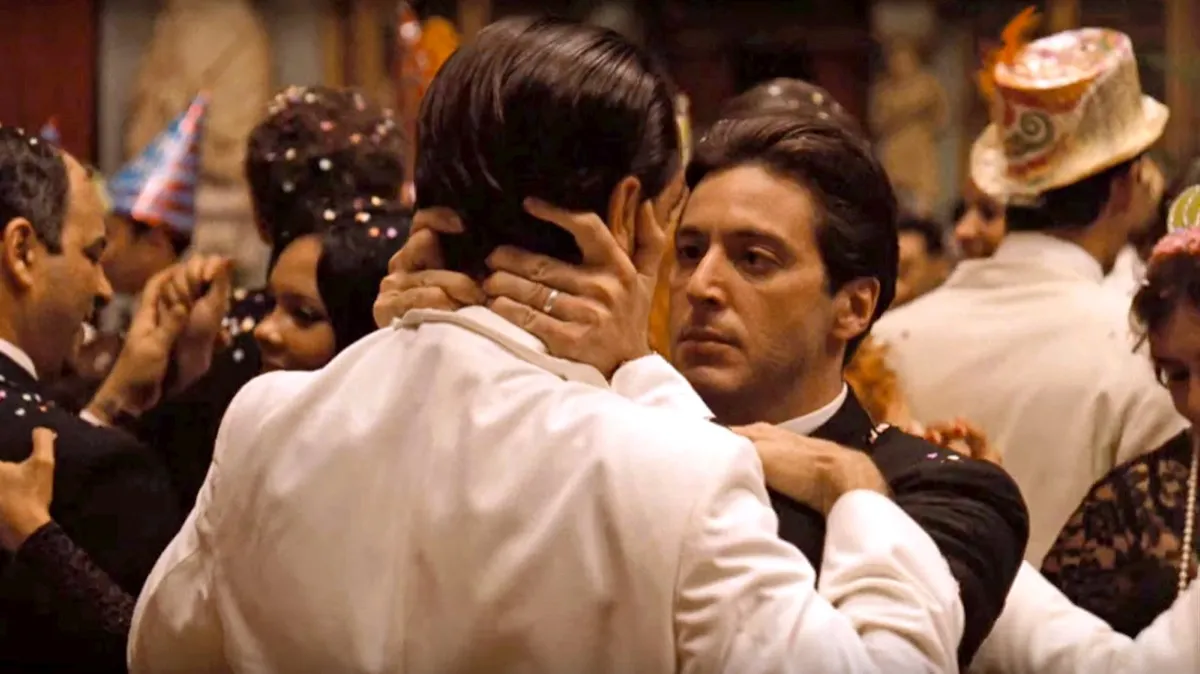
The Godfather Part II holds the distinction of being one of the last major films to be made with the Technicolor film process, as the vibrant dye-printing method gave way to others in the '70s,
23
Coppola didn't want to make The Godfather Part III.
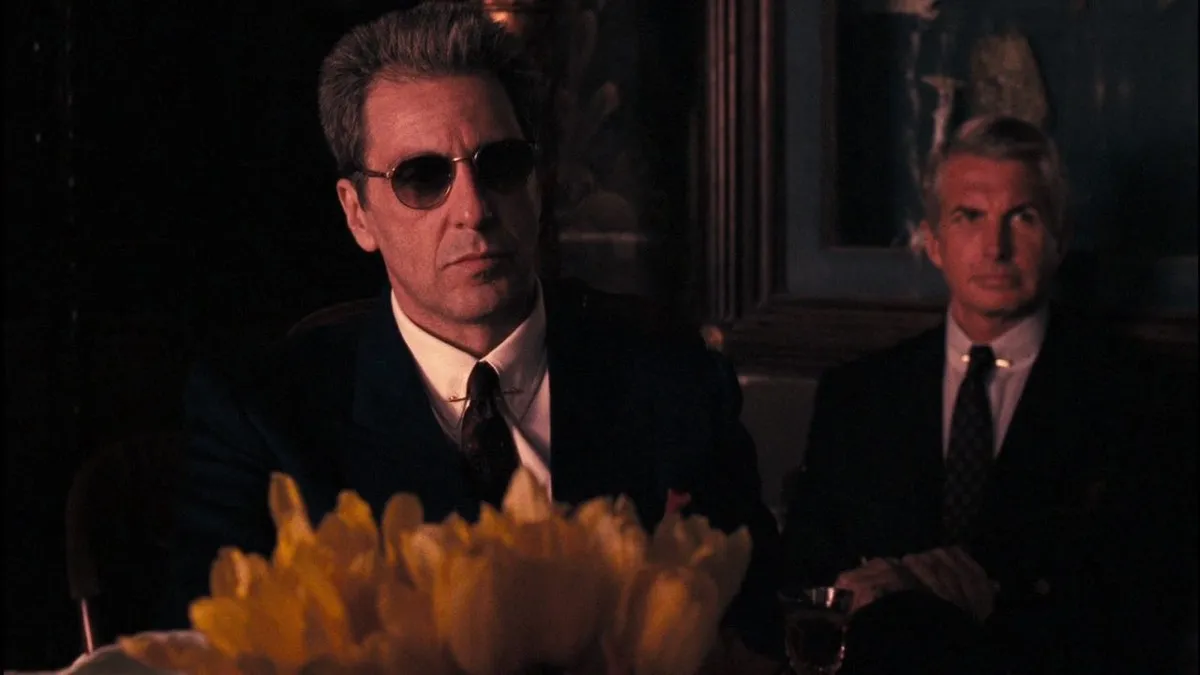
The filmmaker has admitted that he didn't want to make Part II—let alone Part III. But he agreed to helm the sequels, because he needed help "getting out of [his] financial hole."
Duvall was written out of Part III for salary reasons.
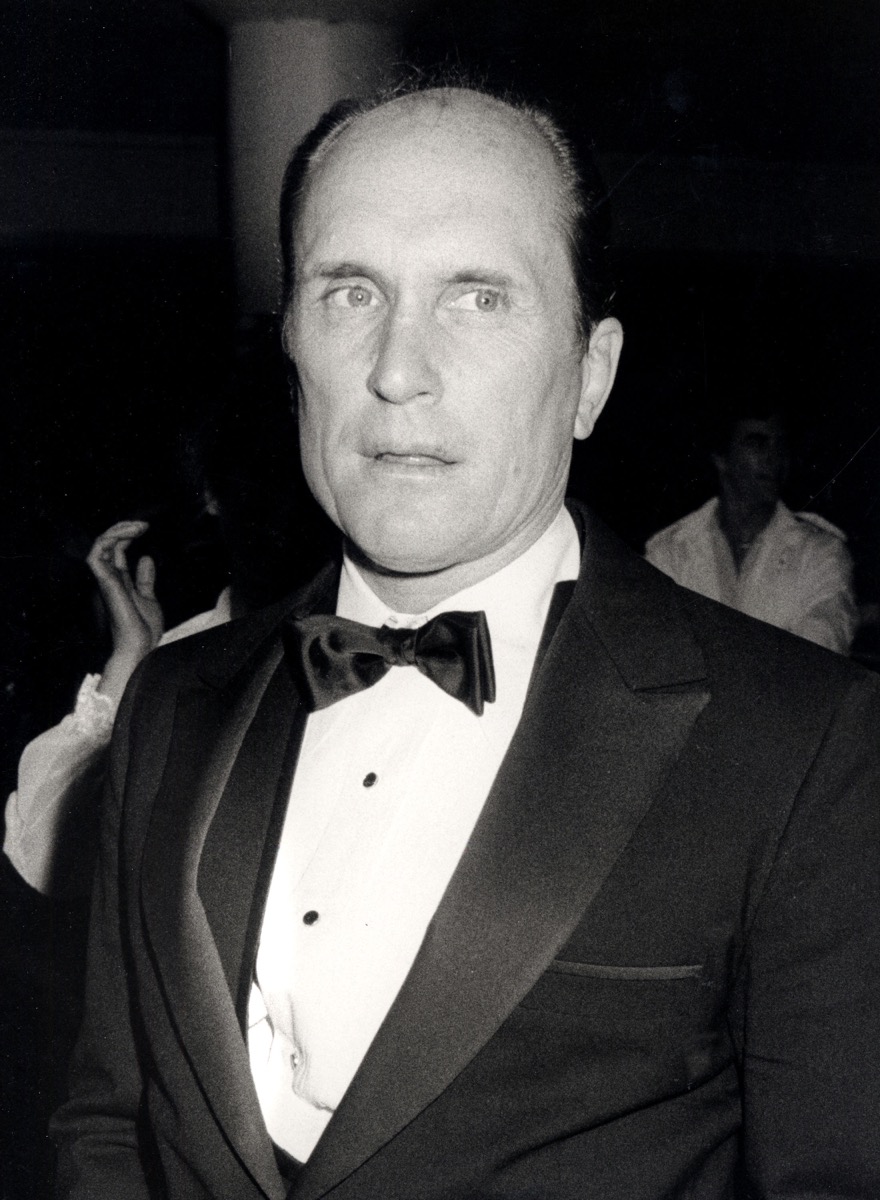
One major character who survived to the end of Part II but didn't show up in Part III was Duvall's Tom Hagen, an adoptive member of the Corleone family and their loyal consigliere. The actor opted not to return for the third movie over salary disputes.
"I said I would work easily if they paid Pacino twice what they paid me, that's fine. But not three or four times, which is what they did," Duvall told CBS in 2004.
Winona Ryder almost played Mary Corleone.
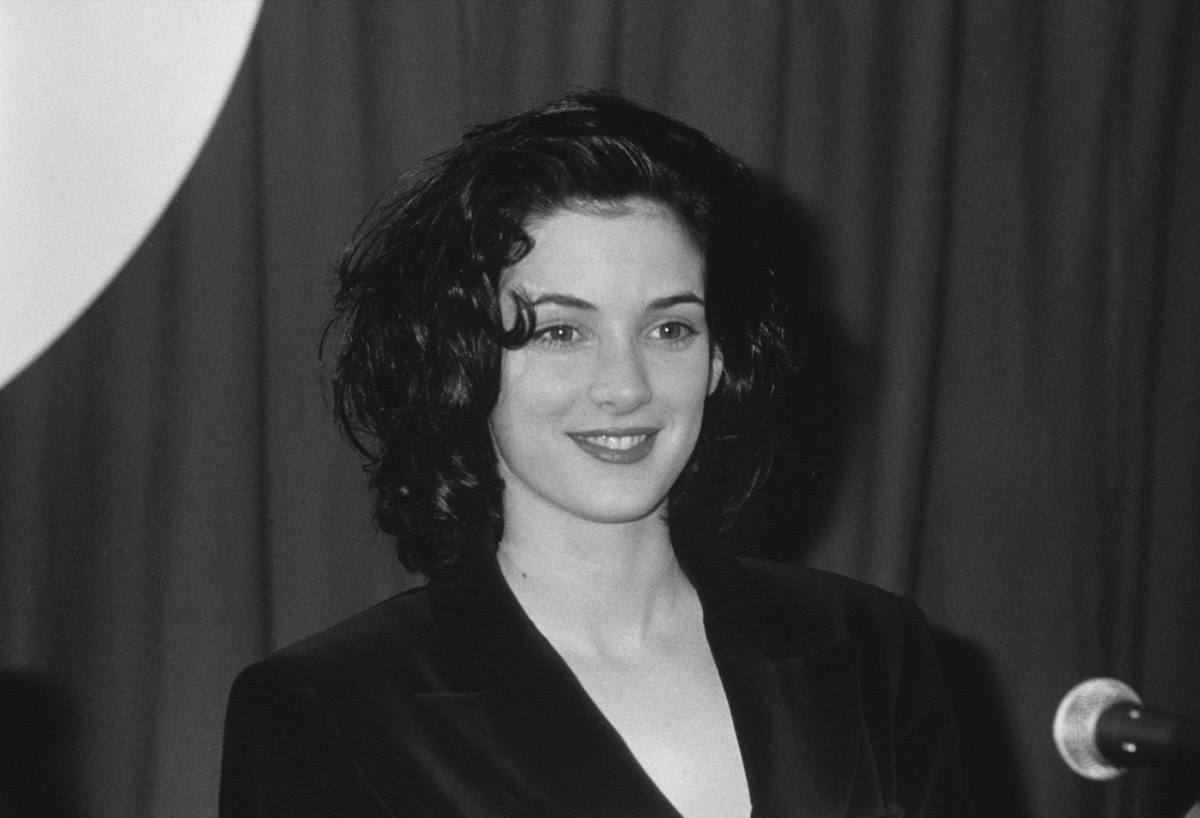
Coppola's caught a lot of flak for his decision to cast his daughter, Sofia Coppola, as Mary Corleone in Part III. However, that wasn't the original plan. Up and coming actor Winona Ryder was initially cast in the role, even traveling to the filming location. However, she pulled out because of exhaustion and other issues related to her skyrocketing career. (A 1990 Vanity Fair article described her situation as a "nervous collapse.") Future award-winning filmmaker Sofia, who had read the part in rehearsals while Ryder was busy finishing another film, stepped in.
